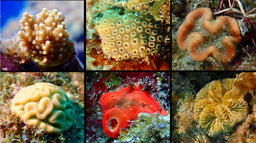Journal Club | With a little help from my host
Published in Microbiology
Influenza virus is notorious for its high variability —achieved through genome segment reassortment and the high mutation rates inherent to RNA viruses (quasispecies ring a bell?)— which leads to very rapid selection of resistance to antiviral compounds. In addition to ongoing efforts to develop a universal flu vaccine, with promising recent results using headless hemagglutinin immunogens reported by Impagliazzo et al. and Yassine et al., there is a strong push to identify host factors necessary for influenza virus pathogenesis. These could, notwithstanding potential toxicity issues, become targets of future therapeutics to treat flu.
In this vein, Wendy Barclay’s lab has just identified ANP32A as an essential host factor necessary for optimal influenza virus replication; nicely, species-specific differences in ANP32A sequence underlie the restriction of avian-adapted influenza virus in mammalian cells. Kyosuke Nagata and colleagues report that influenza also requires pp32 and APRIL for viral RNA replication. These three proteins therefore join the potential drug target armamentarium and, at a minimum, help us understand how influenza co-opts host processes to complete its life cycle. Aren’t viruses remarkable machines (or is it just me)?




Please sign in or register for FREE
If you are a registered user on Research Communities by Springer Nature, please sign in